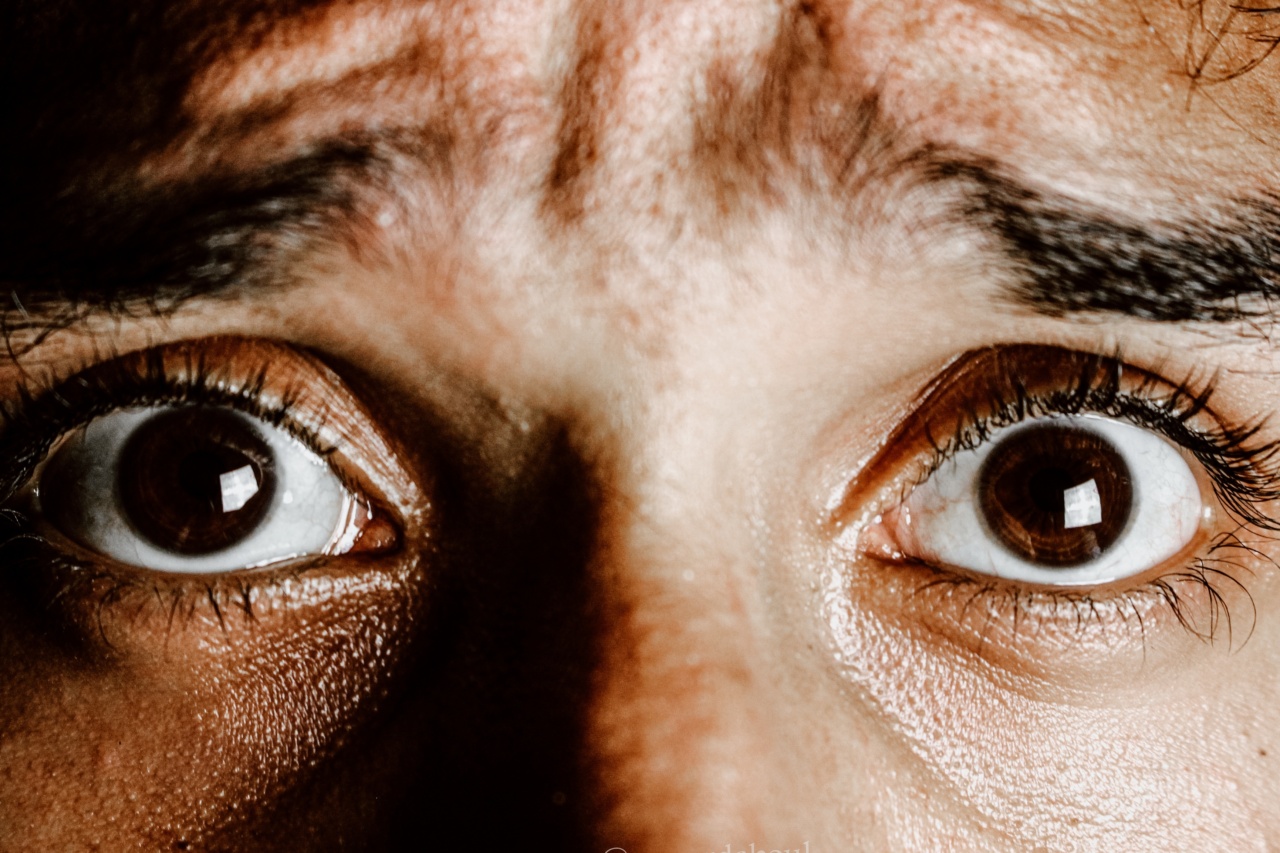Living with panic and anxiety disorders can be incredibly challenging and debilitating. These disorders can significantly impact a person’s daily life, making it difficult to function and enjoy everyday activities. However, there is hope.
With the right treatment approach, individuals suffering from panic and anxiety disorders can find relief and regain control over their lives.
Understanding Panic and Anxiety Disorders
Panic and anxiety disorders are mental health conditions characterized by intense, overwhelming feelings of fear, worry, and distress.
While it is normal to experience occasional anxiety or worry, individuals with these disorders experience these feelings on a persistent and excessive level, often without any real or identifiable trigger.
Panic Disorder: Panic disorder is characterized by recurring panic attacks, which are sudden and intense episodes of fear and discomfort.
Panic attacks can manifest both physically and psychologically, causing symptoms such as a rapid heartbeat, shortness of breath, trembling, dizziness, chest pain, and a sense of impending doom.
Generalized Anxiety Disorder (GAD): GAD involves excessive and uncontrollable worry or anxiety about various aspects of life, such as work, finances, health, and relationships.
People with GAD often experience restlessness, muscle tension, fatigue, difficulty concentrating, irritability, and sleep disturbances.
Social Anxiety Disorder: Social anxiety disorder, also known as social phobia, is an intense fear of social situations and interactions.
Individuals with social anxiety often fear being judged or embarrassed, leading to avoidance of social gatherings, public speaking, or any situations that could potentially trigger their anxiety.
Effective Treatment Approaches
The good news is that panic and anxiety disorders are treatable conditions, and various approaches can be employed to alleviate symptoms and improve overall well-being.
It’s important to note that treatment success may vary from individual to individual, and a combination of therapies is often necessary to achieve the best outcome.
1. Cognitive-Behavioral Therapy (CBT)
Cognitive-behavioral therapy is a widely recognized and evidence-based approach in treating panic and anxiety disorders. CBT focuses on identifying and modifying negative thought patterns and behaviors that contribute to anxiety.
Through therapy sessions, individuals learn coping strategies, relaxation techniques, and problem-solving skills to manage their symptoms effectively.
2. Medications
In certain cases, medication may be prescribed to help manage the symptoms of panic and anxiety disorders. Antidepressants and anti-anxiety medications are commonly used to modulate brain chemistry and provide relief.
It’s crucial to consult with a qualified psychiatrist or psychiatric nurse practitioner to determine the most suitable medication and dosage for each individual’s specific needs.
3. Relaxation Techniques and Stress Management
Learning relaxation techniques, such as deep breathing exercises, progressive muscle relaxation, and mindfulness meditation, can significantly help reduce anxiety symptoms.
Stress management techniques, including regular exercise, adequate sleep, and healthy lifestyle habits, also play a vital role in managing panic and anxiety disorders.
4. Exposure Therapy
Exposure therapy is a specialized form of cognitive-behavioral therapy that helps individuals confront and overcome their fears through gradual and controlled exposure to anxiety-provoking situations or stimuli.
By gradually facing their fears, individuals can desensitize themselves to the triggers, reducing the intensity of their anxiety response over time.
5. Support Groups
Joining a support group can be immensely beneficial for individuals struggling with panic and anxiety disorders.
Connecting with others who share similar experiences can provide validation, encouragement, and a safe space to discuss challenges, coping strategies, and success stories. Support groups can be found in local communities or online platforms.
6. Lifestyle Modifications
Making certain lifestyle modifications can have a positive impact on managing panic and anxiety disorders. Avoiding excessive caffeine, alcohol, and nicotine, as these substances can exacerbate anxiety symptoms.
Engaging in regular physical exercise, eating a balanced diet, practicing good sleep hygiene, and incorporating stress-reducing activities into daily routines can all contribute to overall mental well-being.
7. Professional Guidance and Support
Working with qualified mental health professionals, such as psychologists, psychiatrists, or licensed therapists, is crucial in developing an effective treatment plan and receiving ongoing support.
These professionals have the expertise and experience to tailor treatment approaches based on individual needs, ensuring the best chances of long-term recovery.
8. Alternative and Complementary Therapies
Some individuals may find relief through alternative and complementary therapies, alongside traditional treatment approaches.
Techniques such as acupuncture, yoga, aromatherapy, and herbal supplements are worth exploring, although it’s essential to consult with healthcare professionals before incorporating them into the treatment plan.
9. Family and Social Support
Having a strong support system consisting of family, friends, and loved ones can significantly contribute to recovery from panic and anxiety disorders.
Open and honest communication, empathy, and understanding from loved ones can make a world of difference in a person’s journey towards healing.
10. Self-Care and Self-Compassion
Lastly, practicing self-care and self-compassion is essential for individuals dealing with panic and anxiety disorders.
Taking time for oneself, engaging in enjoyable activities, setting realistic goals, and acknowledging progress are all crucial in fostering a positive mindset and promoting overall well-being.































